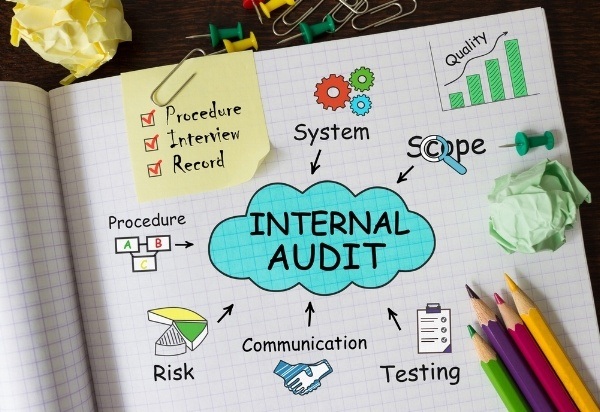Internal audits assist companies to achieve their corporate objectives by consistently keep their eye on business practices. The goal is to make sure that all the organizational procedures and policies are followed and if it does not then, it should alert the management about the gaps.
Many companies recruit internal auditors in their organizations to perform internal auditing and helping them identifying the problems within the business. Our question is how organizations can conduct an effective internal audit? So, the answer we are trying to explore today is about performing an internal audit effectively. If the company does not hold its internal audit effectively then how can the business make most of their internal audit process?
So, we will share three steps with you to follow and depict that how to perform an internal audit effectively.
You Require To Check Whether Your System Is Compliant or Not
This is the first thing to check with any kind of process, procedure, system, and policy – does it comply or not? Is it defined in your management system what you actually require? It does not mean that you are required to write a lot of things, but the things were written needs to be accurate.
Let’s try to illustrate it through an example.
- The ISO standards usually need things to occur at planned intervals. For example, the sections on the internal audits and management review. Organizations require defining these planned intervals time period, such as weekly, monthly, quarterly or according to any specific plan. Or using terms likes as required or regular for things which are not compliant.
- The system says that no work will start at 6:30 am every day, but the legal requirements say that no work can be commenced before 7 am.
So making your system compliant is the first step towards effective internal audit.
Is the System Efficient Enough
After making your system compliant, now you can test whether your system is efficient or not. By efficient, we mean that is it being done as smoothly and quickly as per your requirement at the least cost possible.
A word of warning, many people and internal auditors, in general, like to jump directly on this efficient step. However, if you are not compliant enough, then it means that things are not correct. Your company will do more incorrect things both cheaper and faster if internal auditors skip the initial stages.
Let’s try to illustrate it through an example.
- Suppose you are in customer service section and you need to respond to all the emails in the next 48 hours. Now when you check this notification, the 90% of the emails are answered in the final 4 hours.
- You are analyzing some documents and folders and while all the data that is needed is there, it is dispersed everywhere and filled differently in each folder.
Does It Need Improvement
Improvement is a step that you will always need to concentrate on and report the higher authorities on your findings. You need to put everything in order.
- Report where your company is not compliant.
- Then report where you find the inefficiencies in the organization.
Performing an Internal Audit Effectively
So, once the system is adaptable, efficient, and you have the final reporting; now it is the time to act and take the necessary changes into the organization as per the report findings for performing an internal audit effectively.
Finishing It Up With an Example
Suppose your system finds that all expire products should be removed from the sale then there should not be any products on the store shelves after their expiry date.
If protective eyewear is obligatory according to your security and safety procedures, then everyone must wear that protective eyewear. There should not be any exemptions or excuses for making things effective.
So these are steps for performing an internal audit effectively.






